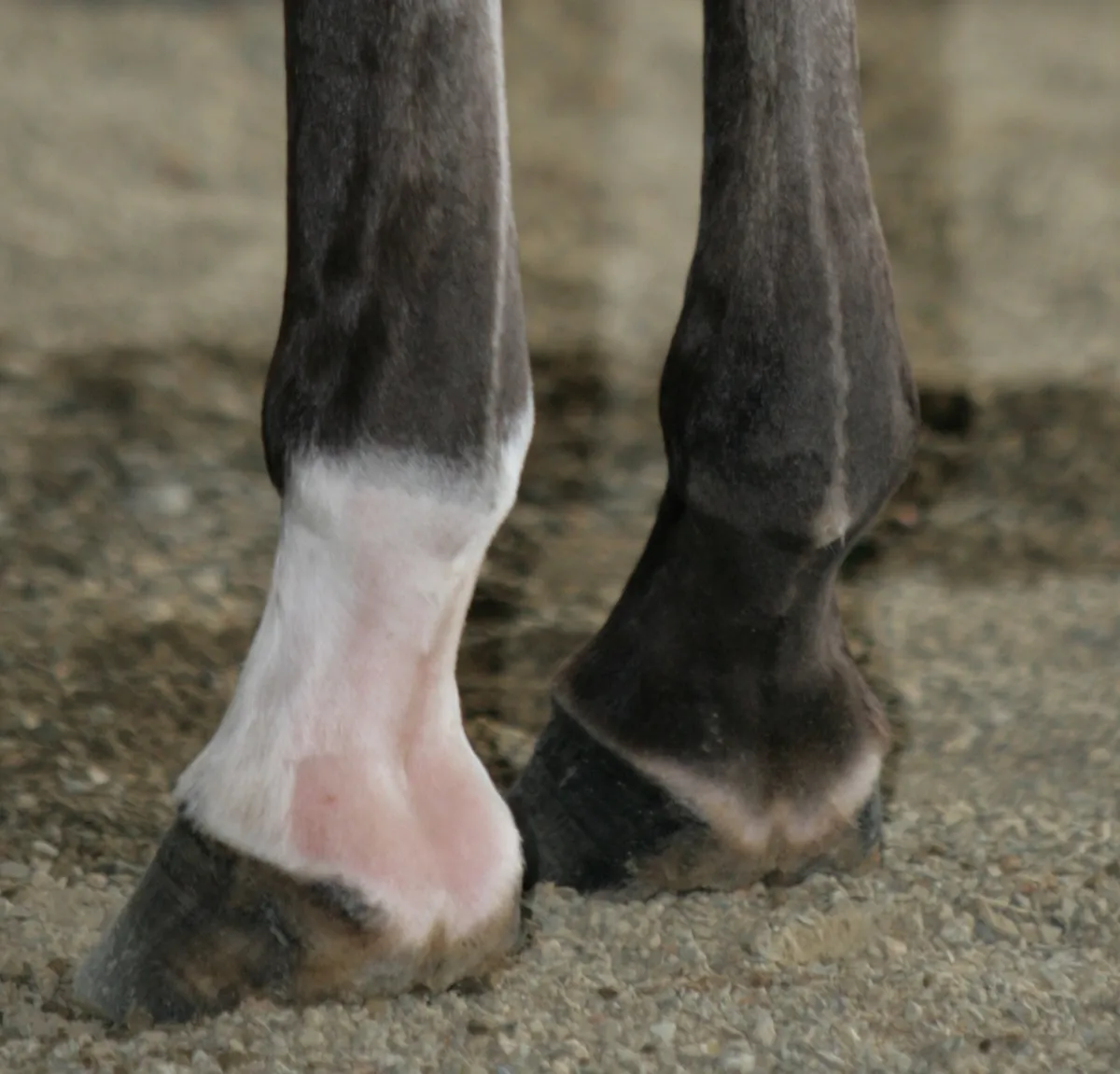Anyone who spends time with horses will be familiar with the raised patches of hardened, hairless skin on the animals’ legs. One of these, the ergot, sits behind and above the hoof. The other, the chestnut or night eye, is found further up, on the inner thigh.

The origin of these corn-like structures, which grow over time and may be trimmed for aesthetic reasons in domestic animals, is rather mysterious.
One theory, which has become conventional wisdom in equestrian circles, is that they are vestiges of the toes that horses dispensed with as they transitioned from the five digits of their ancestors to a single hoof.
It’s a seductive idea. After all, remnants of the second and fourth toes are still present as slivers of bone in the lower leg.
The ergot and the chestnut are not, however, quite where one would expect them to be if this were the case.
Neither is it clear what, if any, purpose they serve.

The ergot is known to connect the skin to underlying ligaments, raising the possibility that it distributes the considerable forces exerted on the legs when a horse moves at speed – much like a shock absorber.
The presence of nerve-endings in the ergot suggests that it might also provide the animal with sensory information about the extension and contraction of the ligaments.
Main image © Getty Images